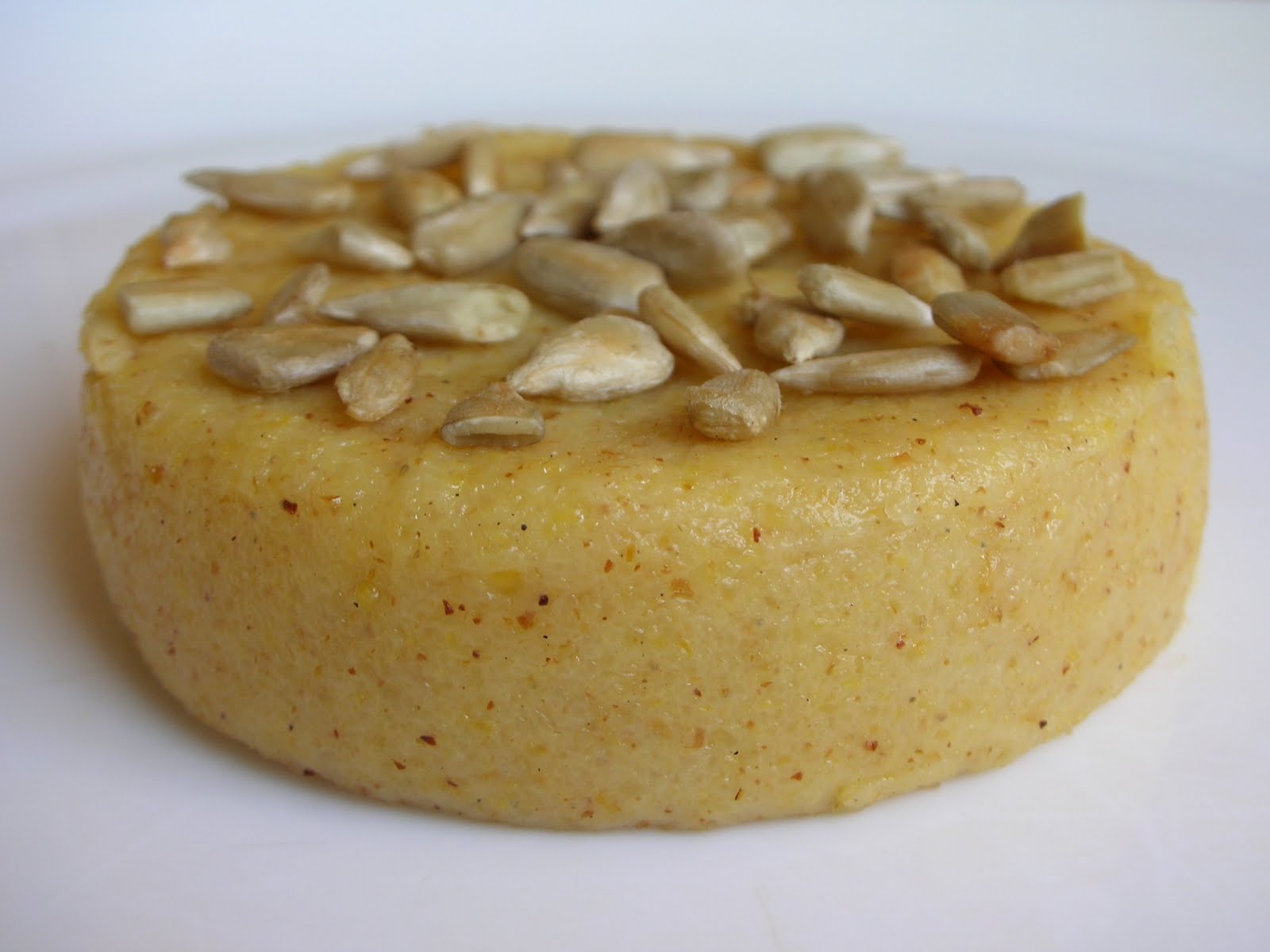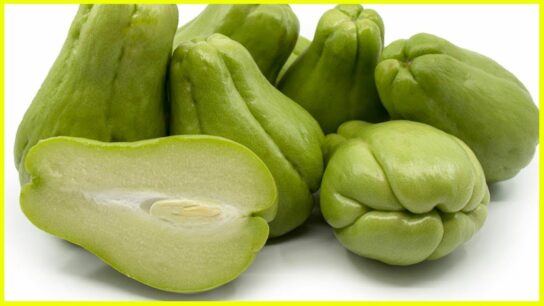Polenta, a versatile and nutritious staple originating from Italy, has gained popularity worldwide for its delicious taste, culinary versatility, and health benefits. Made from coarsely ground cornmeal, polenta can be prepared in various ways, ranging from creamy porridge to firm cakes or slices. In this comprehensive guide, we’ll explore the nutritional profile of polenta, its calorie content, health benefits, and ways to incorporate it into a balanced diet.
Understanding Polenta
Origins and Varieties:
Polenta has been a staple food in Italian cuisine for centuries, dating back to ancient times when maize (corn) was introduced to Europe. Traditionally, polenta was made by simmering coarse cornmeal in water until it thickened into a creamy consistency. Today, polenta is available in various forms, including coarse, medium, or fine ground, and can be found pre-cooked for convenience.
Culinary Uses
Polenta’s versatility makes it a popular ingredient in both savory and sweet dishes. It can be served hot as a creamy side dish, topped with sauces, cheese, or vegetables, or cooled and sliced into cakes for grilling, baking, or frying. Polenta can also be used as a substitute for pasta, rice, or bread in recipes, adding a hearty and satisfying texture to meals.
Nutritional Profile of Polenta
Macronutrients
Polenta is primarily composed of carbohydrates, with small amounts of protein and fat. A typical serving of polenta (one cup cooked) provides approximately 150-200 calories, depending on the preparation method and added ingredients. It is naturally gluten-free, making it suitable for individuals with gluten sensitivities or celiac disease.
Fiber Content
One of the notable nutritional benefits of polenta is its high fiber content. Fiber is essential for digestive health, promoting regular bowel movements, and supporting a healthy gut microbiome. A serving of polenta contains around 3-4 grams of dietary fiber, contributing to feelings of fullness and satiety.
Vitamins and Minerals
Polenta is a good source of various vitamins and minerals, including vitamin A, vitamin B6, folate, niacin, and manganese. These nutrients play essential roles in energy metabolism, immune function, and overall health. Polenta also contains small amounts of iron, magnesium, phosphorus, and potassium.
Health Benefits of Polenta
Supports Heart Health
The fiber-rich content of polenta can help lower cholesterol levels and reduce the risk of heart disease. Soluble fiber binds to cholesterol in the digestive tract, preventing its absorption into the bloodstream and promoting its excretion from the body. Regular consumption of foods high in fiber, such as polenta, can contribute to improved heart health.
Promotes Weight Management
Polenta’s high fiber and relatively low-calorie content make it a satisfying and filling option for those looking to manage their weight. Fiber helps regulate appetite, control blood sugar levels, and promote a feeling of fullness, which can aid in reducing overall calorie intake and supporting weight loss or weight maintenance goals.
Provides Energy
As a source of complex carbohydrates, polenta provides a steady and sustained release of energy, making it an excellent choice for fueling physical activity and maintaining energy levels throughout the day. Including polenta in meals can help provide the necessary carbohydrates for energy without causing rapid spikes and crashes in blood sugar levels.
Supports Digestive Health
The fiber content in polenta supports digestive health by promoting regularity and preventing constipation. Fiber adds bulk to stools, softening them and facilitating their passage through the digestive tract. Additionally, the resistant starch found in polenta may act as a prebiotic, feeding beneficial bacteria in the gut and promoting a healthy microbiome.
Practical Tips for Enjoying Polenta
Experiment with Flavors
Polenta’s neutral flavor makes it a versatile canvas for various seasonings, herbs, spices, and toppings. Experiment with different flavor combinations, such as roasted garlic, fresh herbs, sun-dried tomatoes, or sautéed mushrooms, to create customized dishes that suit your taste preferences.
Try Different Textures
Explore different textures of polenta, ranging from creamy and smooth to firm and crispy. Adjust the cooking time and liquid ratio to achieve your desired consistency, whether you prefer a soft porridge-like texture or a firmer sliceable polenta cake.
Incorporate Nutritious Toppings
Boost the nutritional value of your polenta dishes by incorporating nutrient-rich toppings such as grilled vegetables, leafy greens, lean proteins, or healthy fats like avocado or olive oil. Adding colorful and flavorful toppings enhances the visual appeal and nutrient density of your meals.
Include Polenta in Various Meals
Think beyond traditional Italian dishes and incorporate polenta into a variety of meals and cuisines. Use polenta as a base for breakfast bowls, grain salads, sandwiches, or appetizers. Get creative and explore new ways to enjoy polenta as part of a balanced and diverse diet.
Conclusion
In conclusion, polenta is a nutritious and versatile food that offers a range of health benefits and culinary possibilities. With its high fiber content, vitamins, minerals, and complex carbohydrates, polenta supports digestive health, heart health, weight management, and overall well-being. Whether enjoyed as a comforting side dish, a hearty main course, or a creative ingredient in recipes, polenta adds texture, flavor, and nutritional value to meals. By incorporating polenta into your diet and exploring different preparation methods and flavor combinations, you can savor its delicious taste and reap the nutritional rewards it has to offer.
- Polenta Nutrition, Calories, and Benefits - March 20, 2024




